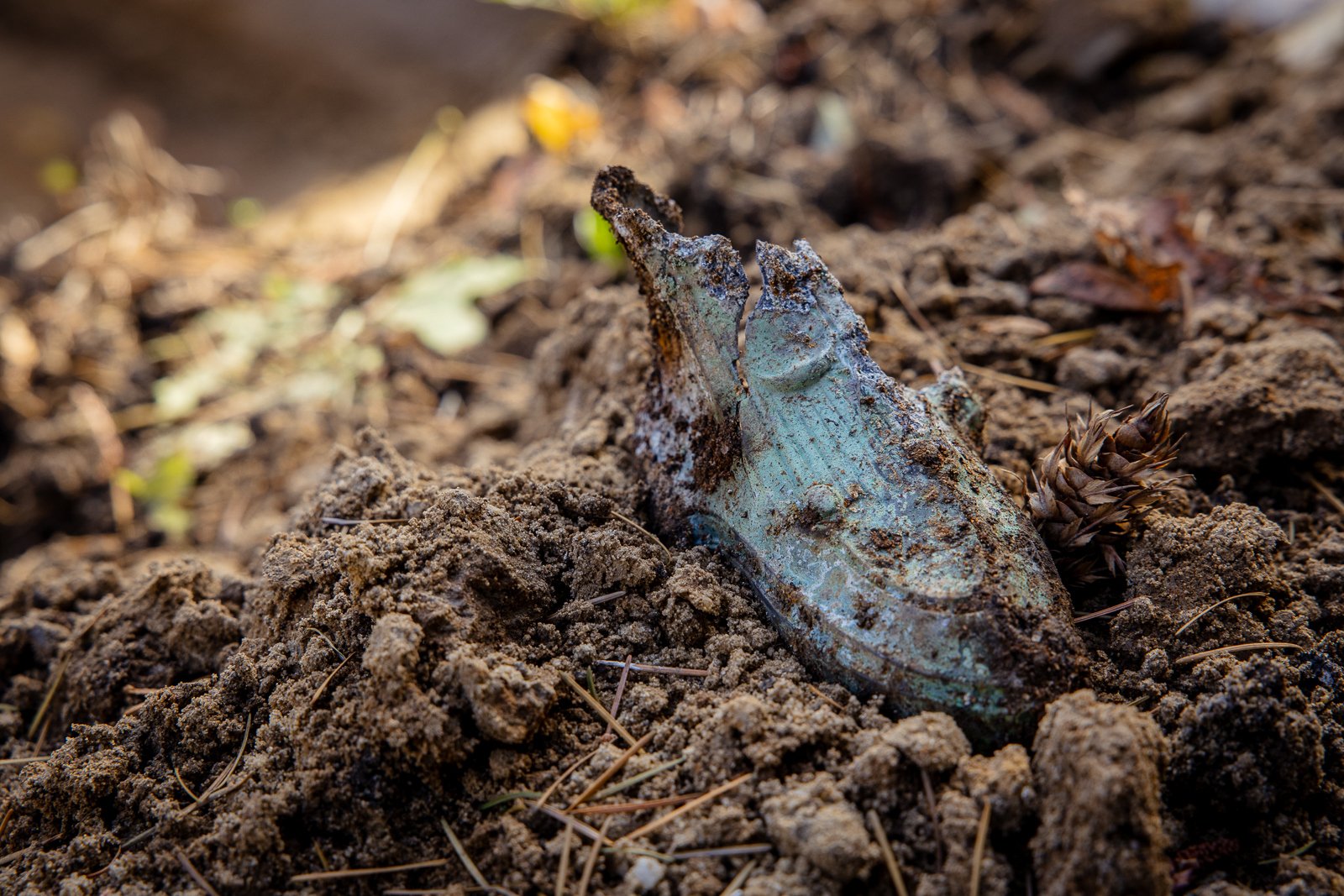
Botanical Garden and its history
Preparations are currently underway in the Botanical Garden of the University of Wrocław for the creation of a new tourist attraction and additional research facilities. But what were archaeologists doing on the grounds of the Botanical Garden?
The archaeological works formed part of preparations for the redevelopment of the educational section and the renovation of the historic auxiliary greenhouses, carried out under a project co-funded by the European Union (CERES, No. FEDS.02.07-IZ.00-0004/23, Regional Operational Programme for Lower Silesia 2021–2027, valued at PLN 6,871,481.81).
As prof. Zygmunt Kącki, director of the Botanical Garden says: An exceptional CERES Garden is being created here, a space that will present the most valuable elements of our natural heritage through naturalistic arrangements and realistic models of Poland’s plant landscapes. It will feature species protected under the Natura 2000 network, plants endangered or at risk of extinction, as well as Natura 2000 natural habitats.
Visitors will be able to see as many as fourteen such unique habitats, presented in a way that is both scientifically sound and visually captivating.
CERES will undoubtedly be a place where science meets education, relaxation, and admiration for the beauty of nature. As prof. Zygmunt Kącki emphasises: It is an original, meticulously designed space that will not only allow people to discover the richness of Polish natural habitats, but also to understand the importance of their protection.
The CERES Garden promises to become one of the most inspiring and valuable spots on Wrocław’s natural heritage map.
During the works, archaeologists uncovered, among other finds, three brick burial chambers and several intact coffins containing the remains of former residents of Wrocław. As dr hab. Aleksandra Pankiewicz of the Institute of Archaeology describes: Wood in the slightly waterlogged surroundings of what was once an island on Ostrów Tumski is relatively well-preserved, and traces of paint were still visible on some coffins. The coffins were also fitted with decorative metalwork.
The remains constitute the relics of a necropolis that existed in the eastern part of today’s Botanical Garden. It was most likely established in 1806 for soldiers of the Napoleonic armies, hence its original name – the French Cemetery. From 1836 onwards, the site served as the parish cemetery of St Adalbert (św. Wojciech).
Thanks to archival records and surviving headstones, we know the names of some of those buried here.
One of the uncovered monuments belonged to Ponçe Penoyée, a French-born master shoemaker who ran a workshop on today’s Oławska Street. He died in 1854.
− The fact that archaeological works in the south-eastern part of the Wrocław Botanical Garden revealed graves with human remains and several steles did not surprise us − notes Alan Weiss from the initiative Spod ziemi patrzy Breslau. − We have come across references to the St. Adalbertfriedhof several times. Even the information that one of the excavated tombstones bears inscriptions in French was not unexpected, since before St Adalbert’s parish took over this burial site, it was already, in 1806/07, the so-called French Cemetery, created during the Napoleonic occupation of Breslau − reads a post on the Facebook page Spod ziemi patrzy Breslau. − And this was several years before the founding of the Botanical Garden (1811).
− The earliest reference we found to Mr Penoyée in Breslau is an advertisement in the Breslauer Zeitung of 19 May 1838. In it, our master shoemaker recommends his products: men’s and women’s shoes, in line with the latest fashions and of the highest quality. The advertisement is signed: Ponçe Penoyée of Paris. Four days later another advert appears, this time with an address: Ohlauer Strasse No. 6 (a tenement house on the corner of present-day Oławska and Szewska Streets). Other advertisements specify that the workshop was located on the first floor − Weiss explains.
The cemetery of St Adalbert was closed to burials in 1871. In 1933 it was incorporated into the Botanical Garden, although even then not all graves were removed. These disappeared after 1945.
The necropolis likely also contains the remains of the Polish patriot Włodzimierz Młocki, born in Warsaw and resident variously in Kraków, Lviv and, temporarily, Dresden. Suffering from a “chest disease”, he died while staying in Wrocław in 1861 at just 34, and was buried here. He is remembered as a benefactor of the University of Warsaw and the founder of scholarships bearing his name.
The turbulent history of the city, however, did not allow eternal peace to those buried in the “French Cemetery”. After the necropolis ceased to be used, most burials were disturbed, and bones were deposited in secondary pits – ossuaries. The uncovered tombstones were likewise no longer in their original locations.
The recovered remains will now be examined by anthropologists. This may make it possible to identify at least some of the Wrocław residents buried in the cemetery.
There is a high likelihood that two of the steles discovered during the archaeological works will be preserved in situ. This will allow a unique trace of the site’s historic past to remain visible within the Garden – discreet yet a meaningful witness to its rich history.
The archaeological research is being conducted by dr hab. Aleksandra Pankiewicz from the Department of Early Medieval Archaeology (Institute of Archaeology of the Faculty of Historical and Pedagogical Sciences).
Sources used in the publication:
Burak M., Okólska H. 2007, Cmentarze dawnego Wrocławia, Wrocław.
Individuals providing information on persons buried in the cemetery:
Alan Weiss, Spod ziemi patrzy Breslau initiative
Anna Frelek-Chmiel, President of the Heritage and Modernity Foundation


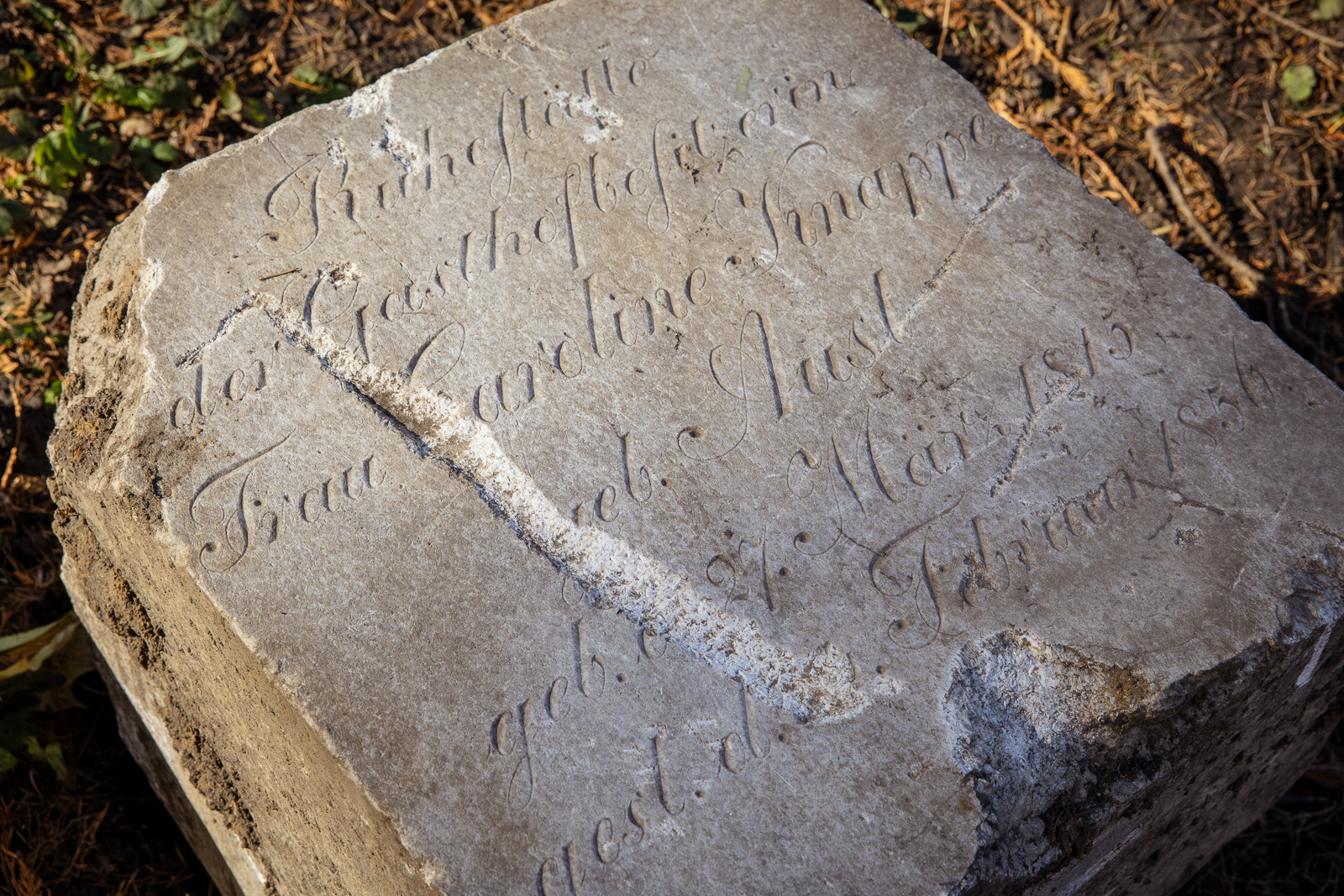


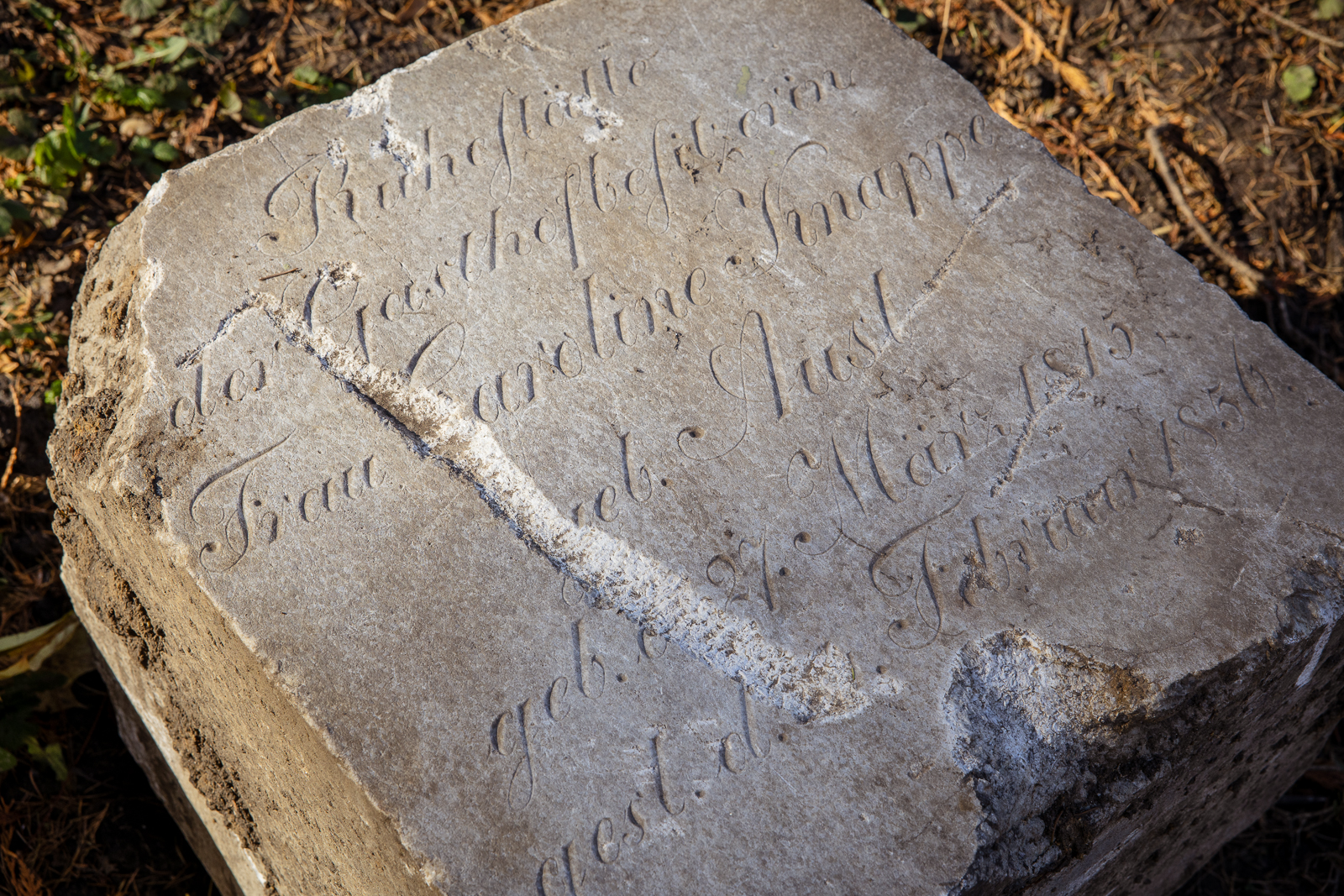
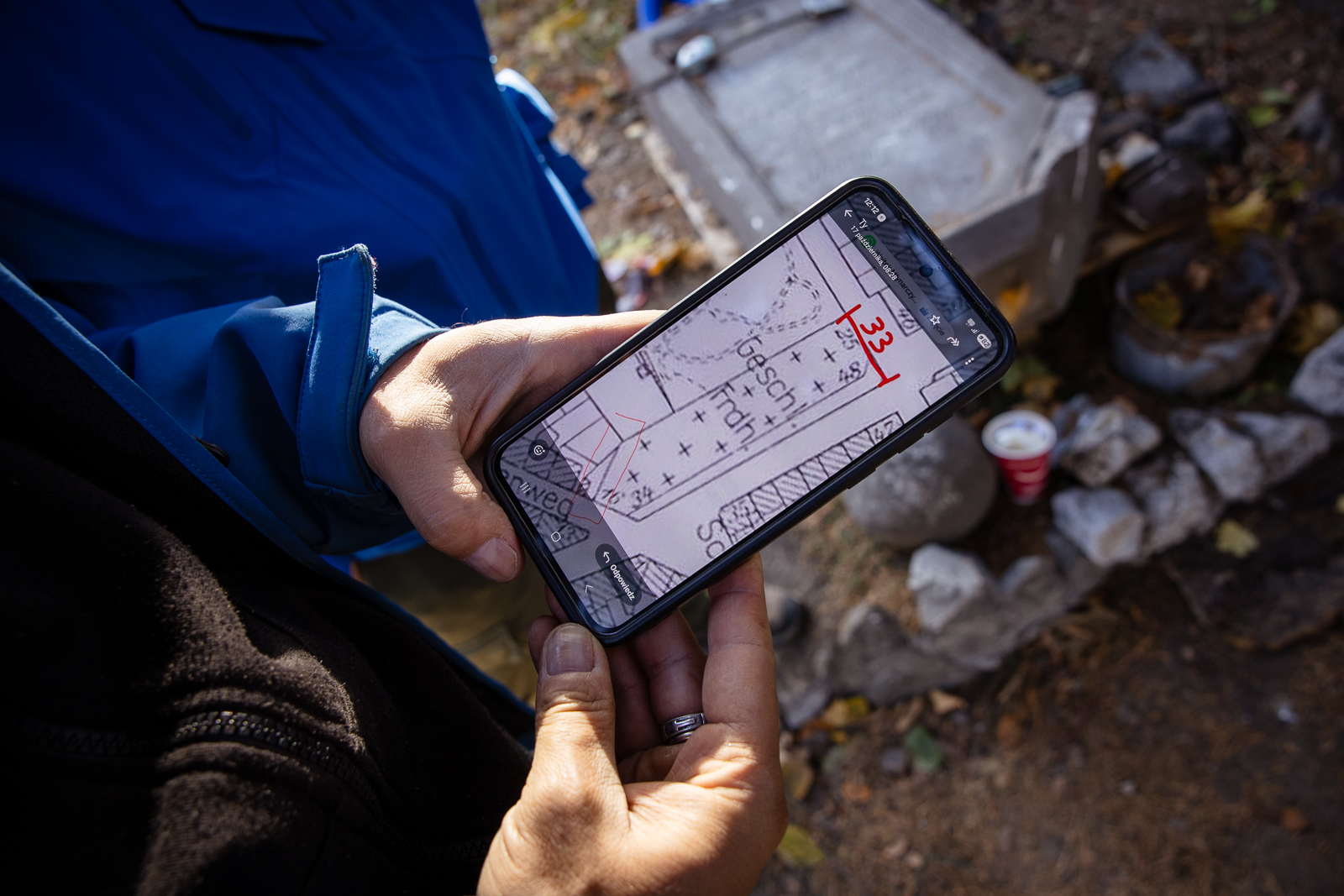
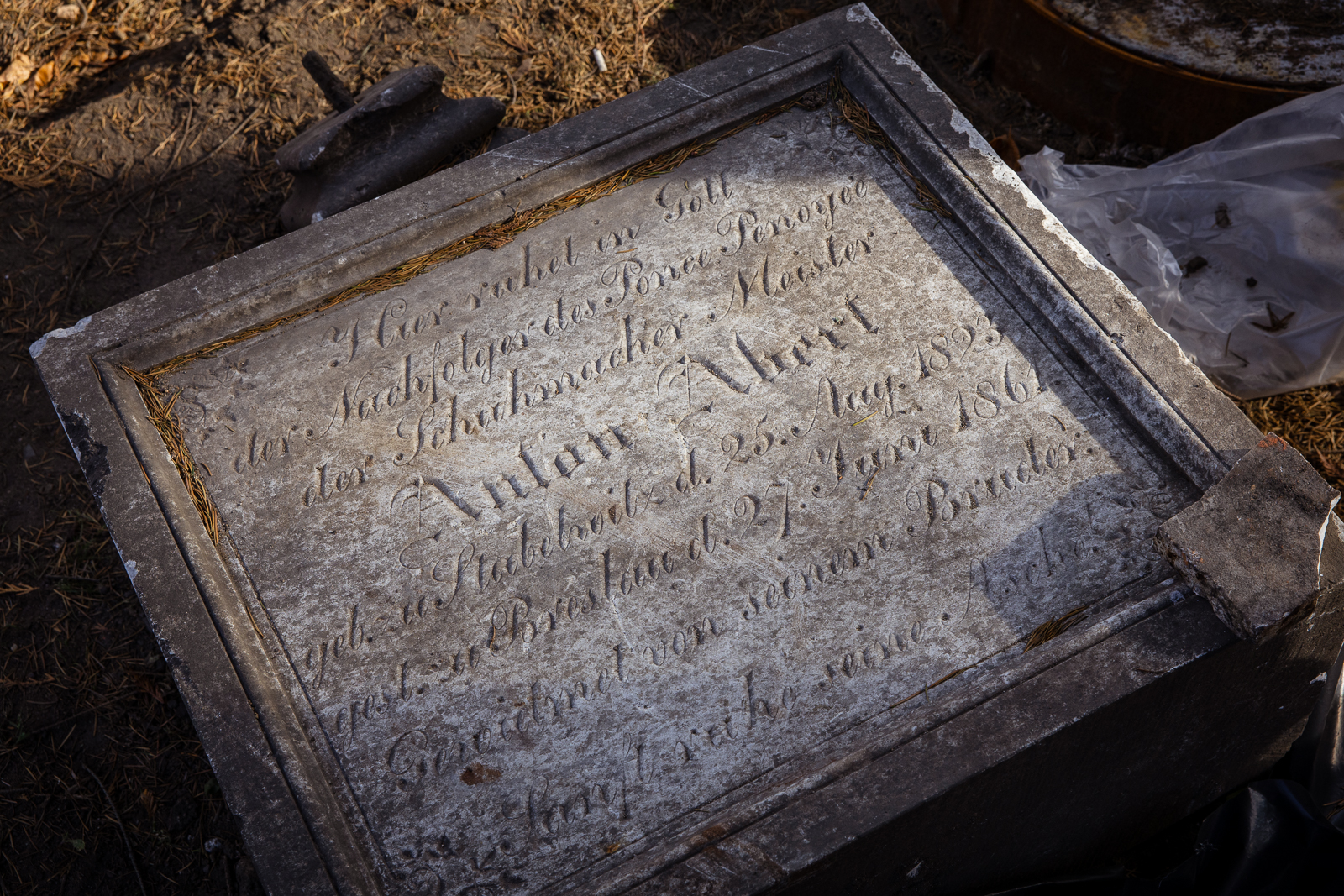



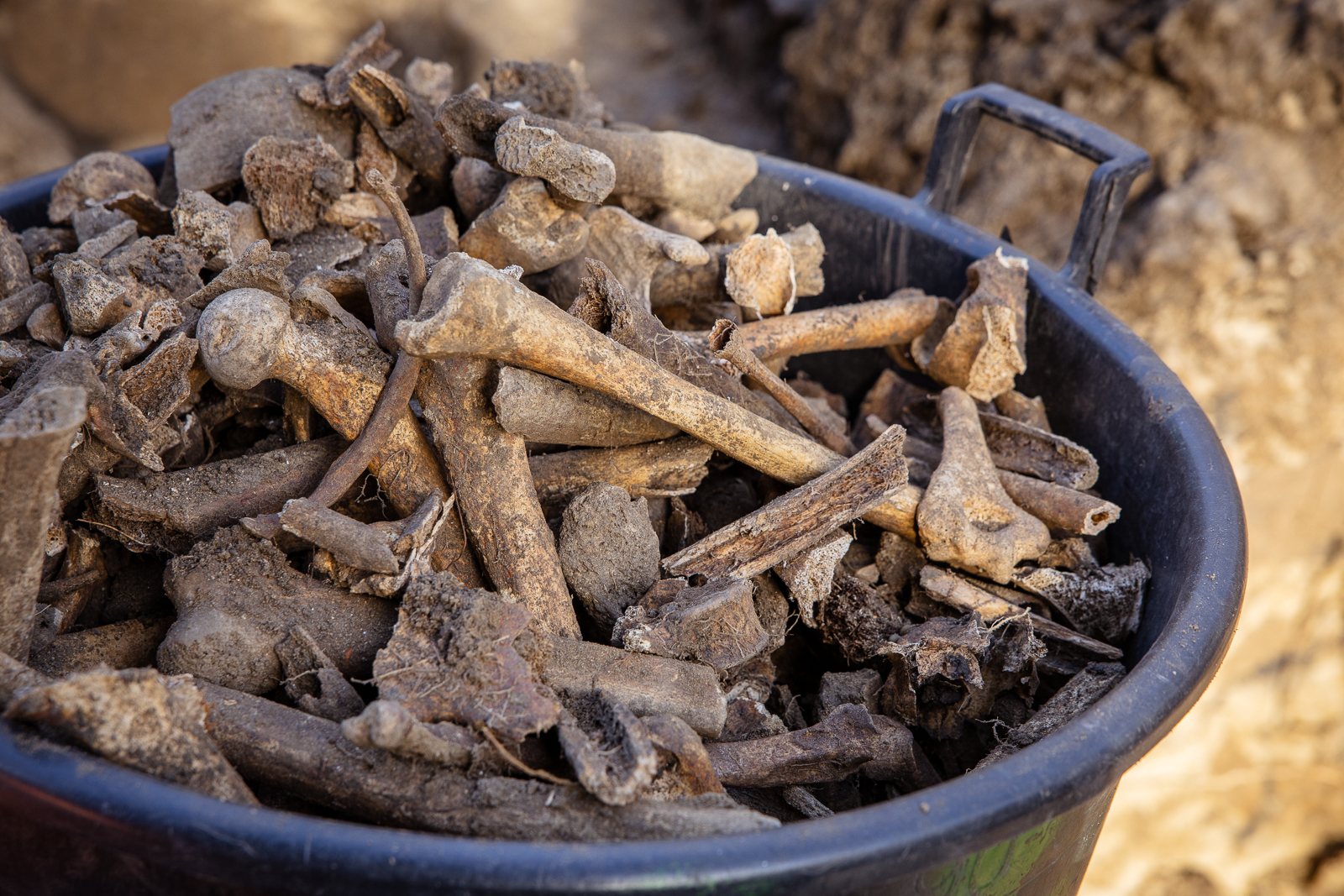

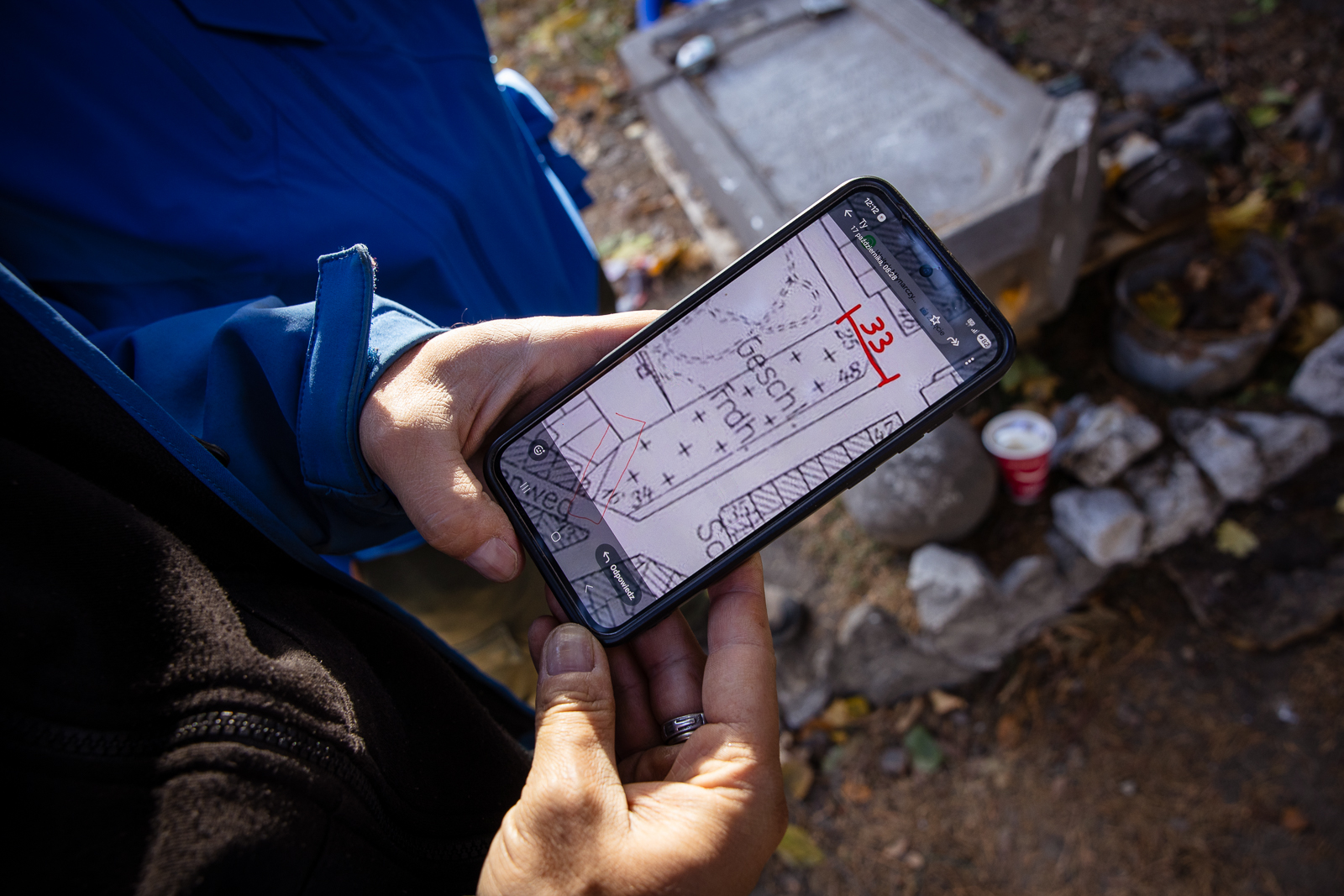

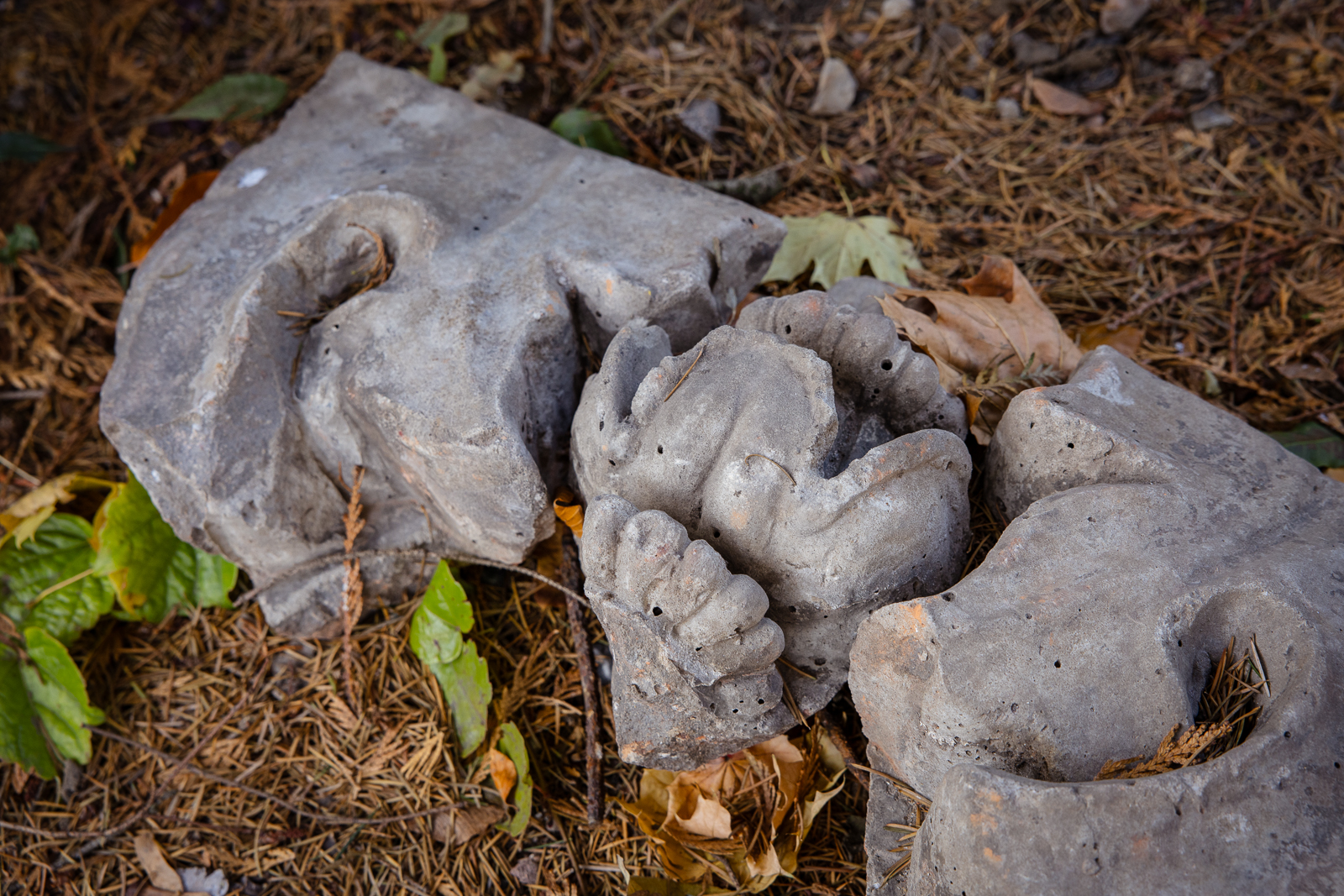

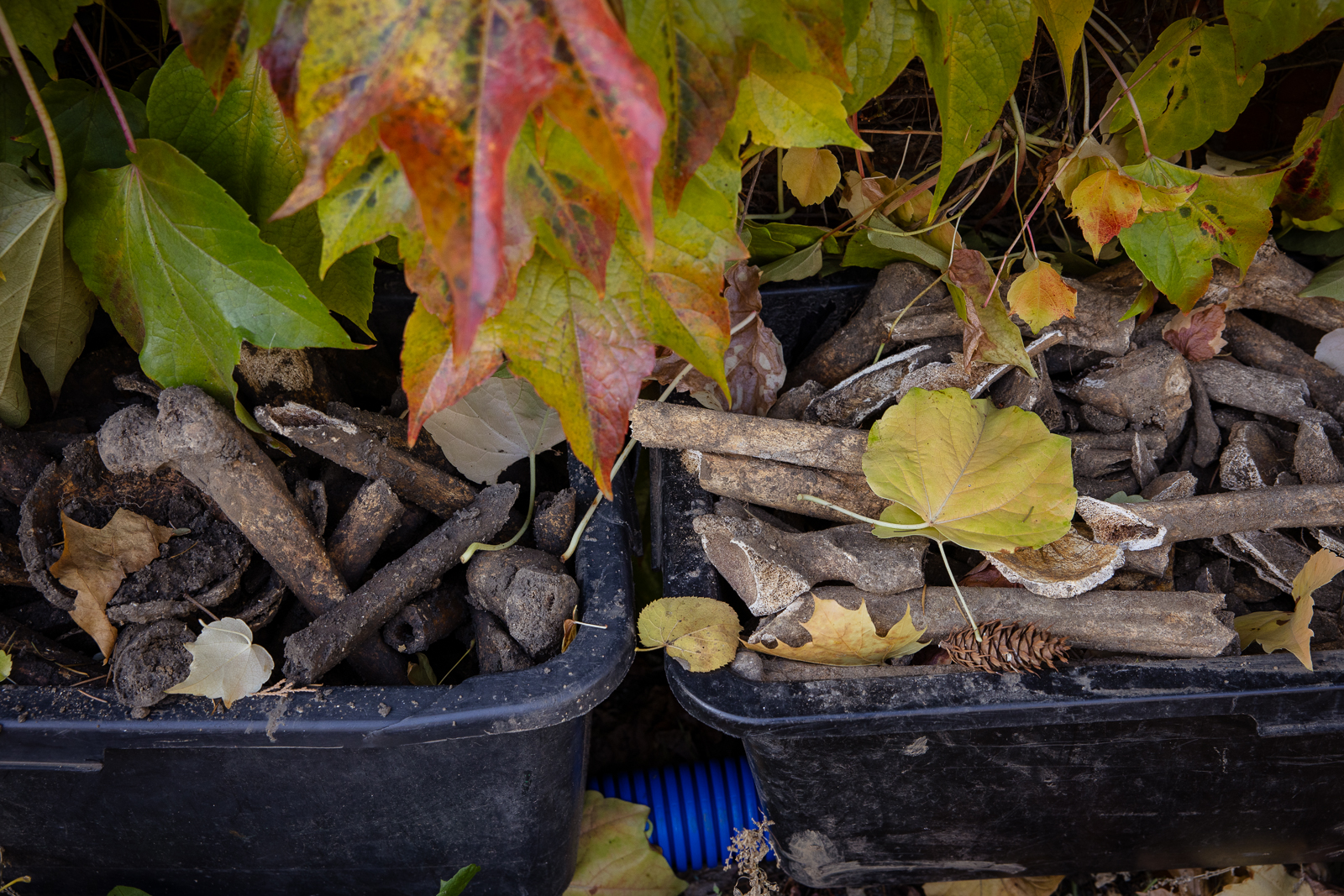
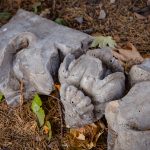


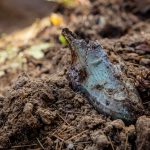
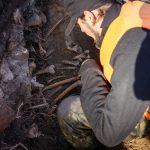


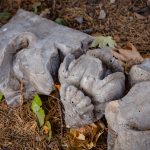
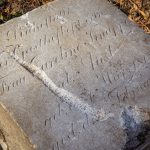




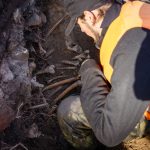


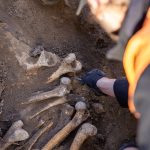
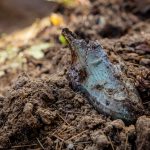
Complied by Katarzyna Górowicz-Maćkiewicz
Date of publication: 21.11.2025
Added by: M.J.



